NIH Meeting on Vulvodynia: Setting a Research Agenda
Although the exact number of women with vulvodynia is unknown, researchers estimate that 18 percent of American women from all racial backgrounds experience symptoms of vulvodynia at some point in their lives. The evidence suggests that most women either do not seek help at all, or go from doctor to doctor seeking diagnosis and treatment without answers.


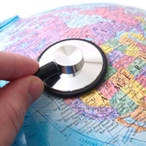
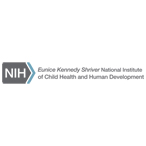
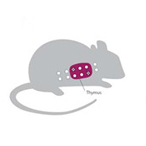
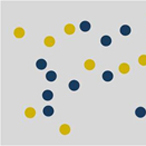
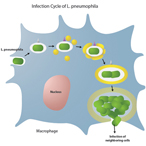
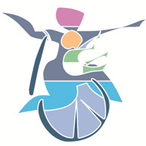
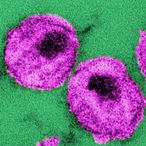
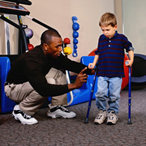
 BACK TO TOP
BACK TO TOP